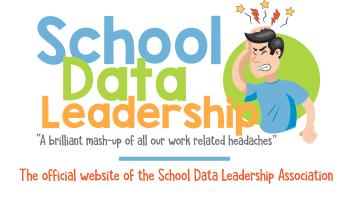Work with community emergency and welfare agencies to develop positive relationships.
Working with community emergency and welfare agencies to develop positive relationships is crucial for ensuring the safety, well-being, and resilience of students and the broader community. Here's an expanded approach to this standard, incorporating practical strategies and resources for educational leaders to effectively engage with these agencies:
Understanding Community Resources
-
Community Needs Assessment: Conduct an assessment of community needs and existing emergency and welfare services. This can involve collaborating with local government agencies, conducting surveys, and analyzing community data to identify gaps and opportunities.
-
Mapping Emergency and Welfare Agencies: Create a comprehensive list of emergency and welfare agencies in the community, including contacts and available services. Tools like Google Maps or ArcGIS can be useful for visualizing and organizing this information.
-
Stakeholder Engagement: Engage with stakeholders such as parents, teachers, and community members to gather insights into their experiences and interactions with emergency and welfare agencies. This feedback can inform partnership development and collaboration strategies.
Building Positive Relationships
-
Community Engagement Events: Organize events such as town hall meetings or community forums that bring together educators, emergency responders, and welfare agencies to foster dialogue, build relationships, and strengthen collaboration.
-
Regular Communication Channels: Establish regular communication channels with emergency and welfare agencies, such as liaison meetings, email updates, or dedicated communication platforms, to facilitate ongoing collaboration and information sharing.
-
Joint Training and Exercises: Coordinate training sessions and emergency preparedness exercises involving school staff and external agencies to enhance coordination, response capabilities, and mutual understanding of roles and responsibilities during crisis situations.
Implementing Collaborative Initiatives
-
Emergency Response Planning: Develop and regularly update emergency response plans in collaboration with emergency and welfare agencies, ensuring alignment with community resources and protocols. Resources like the Federal Emergency Management Agency (FEMA) offer guidance on emergency planning.
-
Student Support Services: Partner with welfare agencies to provide comprehensive support services for students and families facing socio-economic challenges, trauma, or crises. This may include counseling, mental health services, food assistance, and housing support.
-
Community Outreach Programs: Collaborate on community outreach programs that promote safety, health, and well-being, such as disaster preparedness workshops, health fairs, or neighborhood watch initiatives. These programs can foster community resilience and social cohesion.
Monitoring and Evaluation
-
Performance Metrics: Develop metrics to evaluate the effectiveness of collaborative initiatives, such as response times, service utilization rates, and outcomes for students and families. Regularly review these metrics to assess progress and identify areas for improvement.
-
Feedback Mechanisms: Establish feedback mechanisms to solicit input from stakeholders, including educators, students, parents, and agency partners, on their experiences with collaborative efforts and suggestions for enhancement.
Promoting Successes
-
Communication of Achievements: Share success stories and case studies highlighting the positive impact of collaborative initiatives through various channels, including newsletters, social media, and community meetings, to raise awareness and inspire further engagement.
-
Recognition and Appreciation: Recognize the contributions of emergency and welfare agencies, as well as school staff and community members, through public acknowledgments, awards, and appreciation events to foster a culture of collaboration and mutual support.
By implementing these strategies and leveraging the suggested resources, educational leaders can cultivate positive relationships with community emergency and welfare agencies, enhance preparedness and response capabilities, and contribute to the overall safety and well-being of students and the community.
